This process is called trilateration. As others have noted, finding absolute, unambiguous positions for the sensors is not possible without more information - you'll need the positions of three non-coincident, non-colinear sensors in 2D, 4 non-coincident, non-coplanar sensors in 3D, to resolve all rotation/reflection ambiguities.
There's been an enormous amount of research into this problem in the field of wireless sensor network localisation - dealing with incomplete, noisy range measurements, unreliable communication and highly constrained resources make it interesting.
This might be an apt approach - the basic idea is to build up a system of located nodes piecewise - start with a seed formation of 3 or 4 nodes with well-defined relative locations and add nodes one by one as their locations become unambiguously computable relative to already-located nodes.
The anchor nodes with known locations can be used as the seed for system growth if possible, or used to compute a corrective transform after all nodes have been located.


